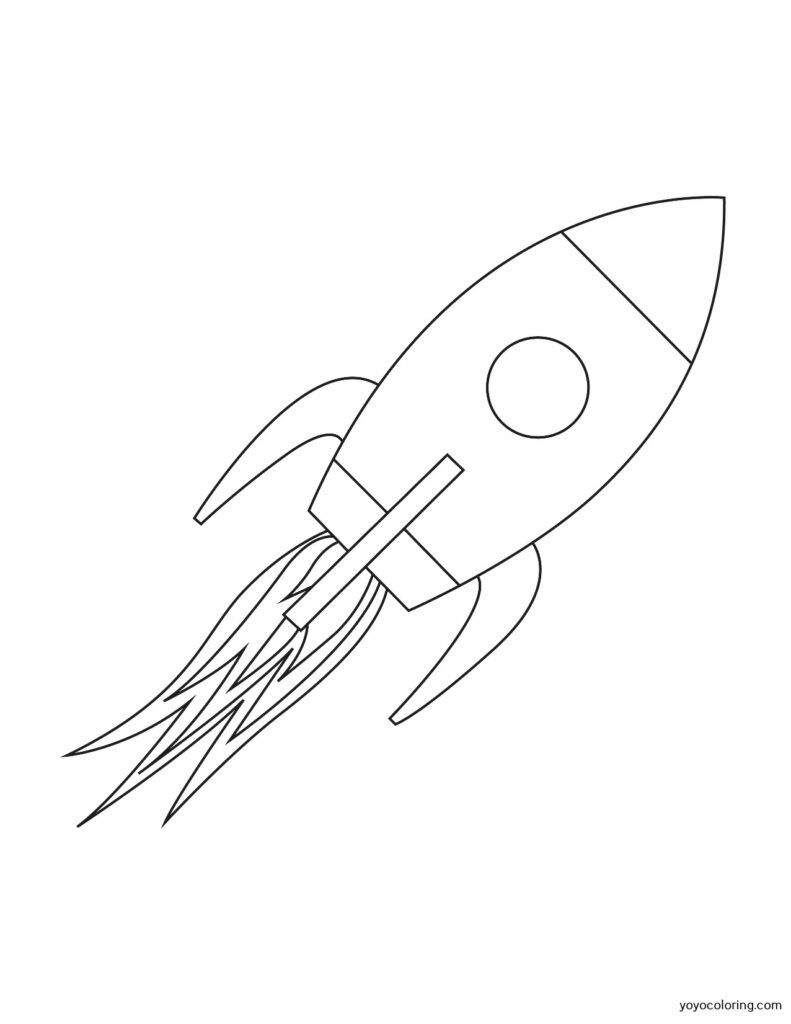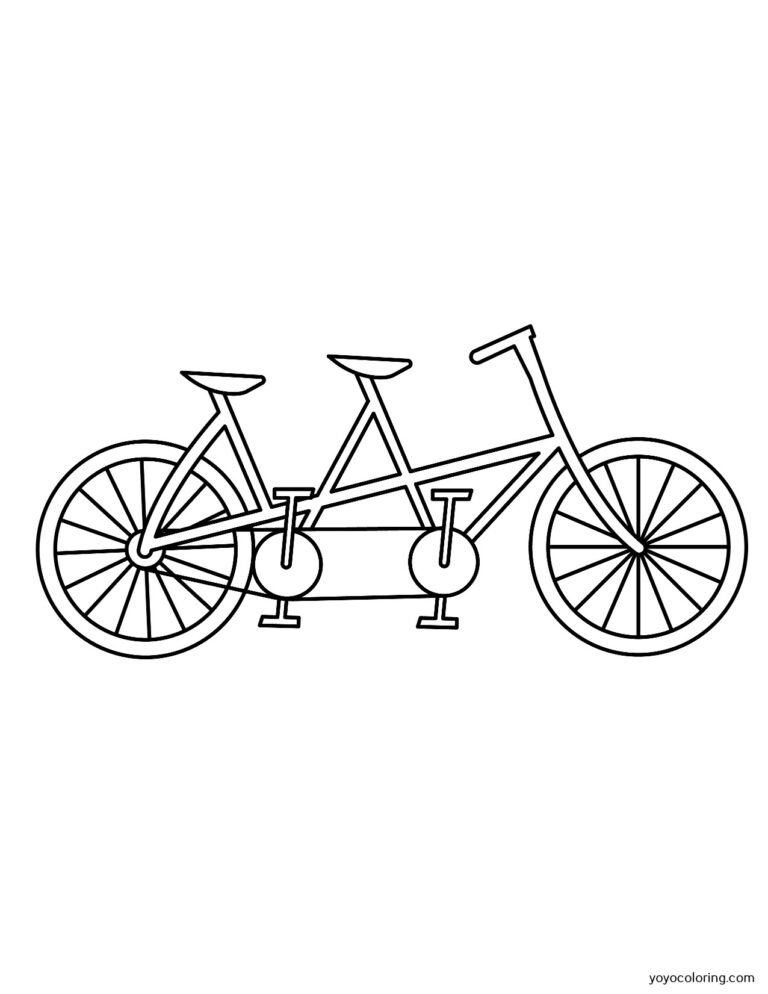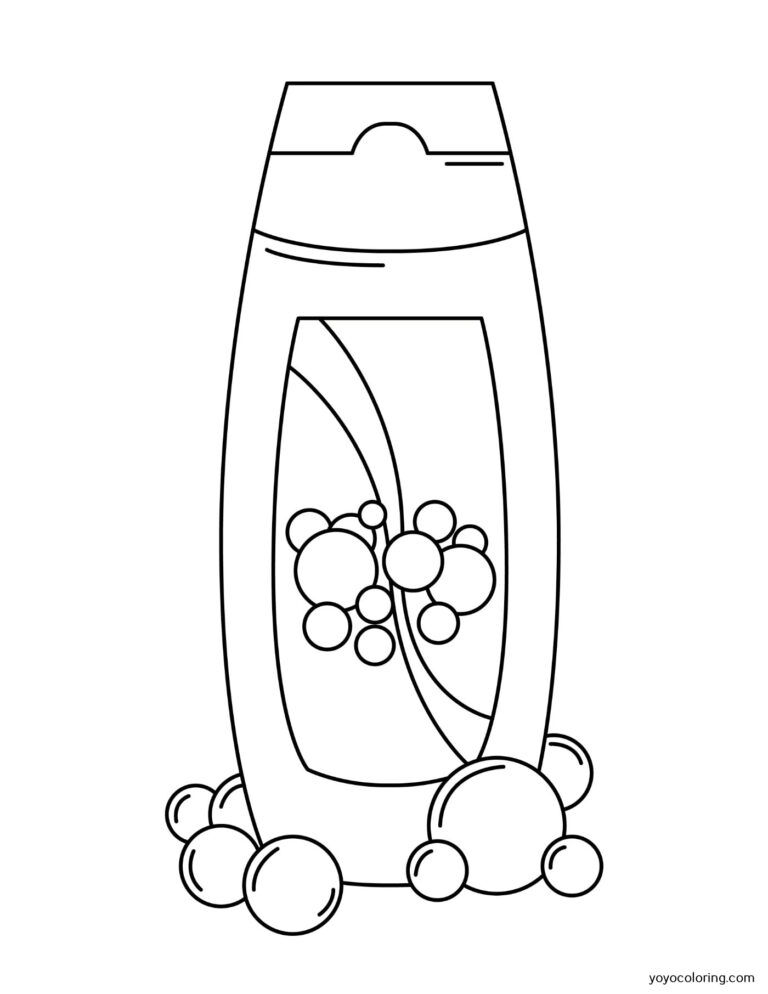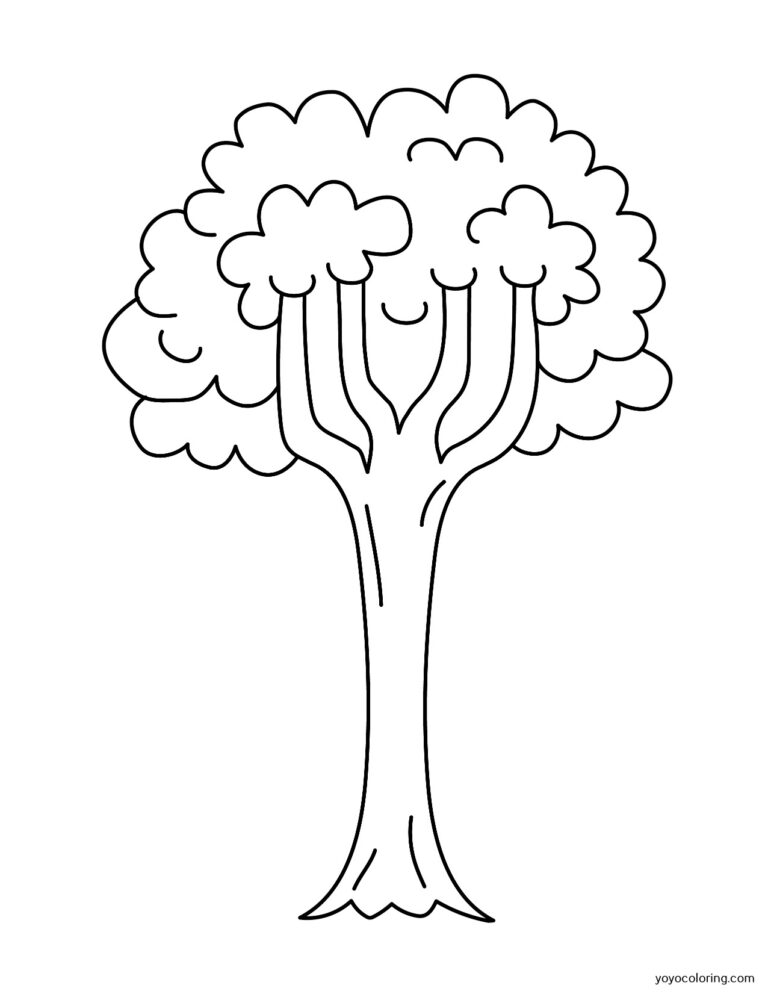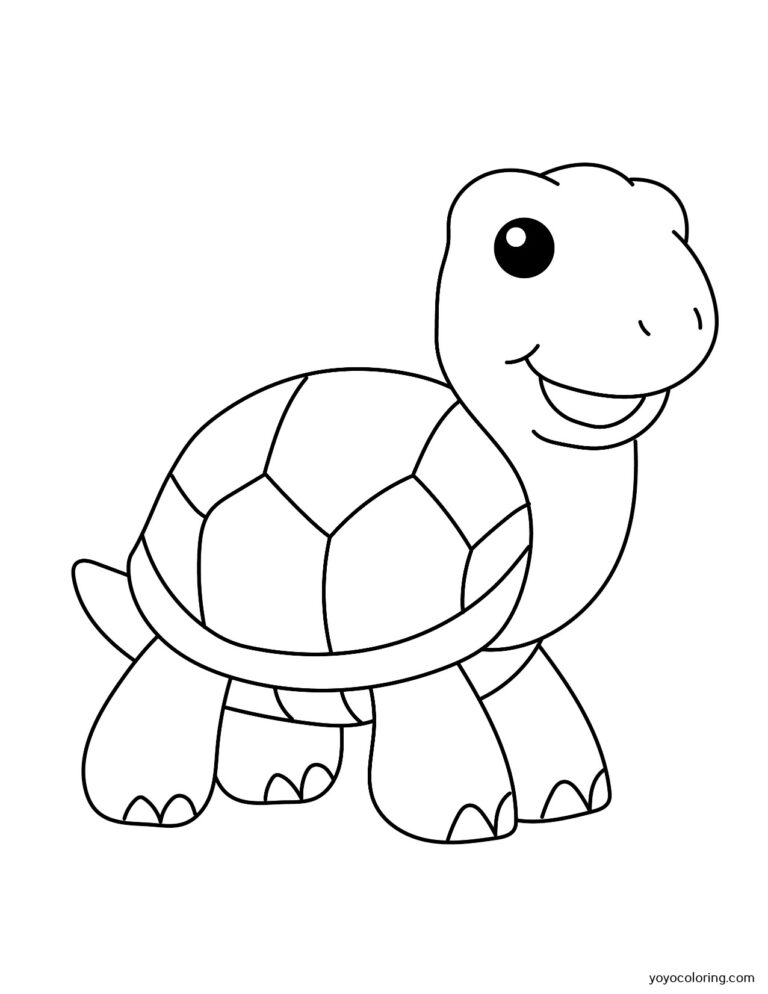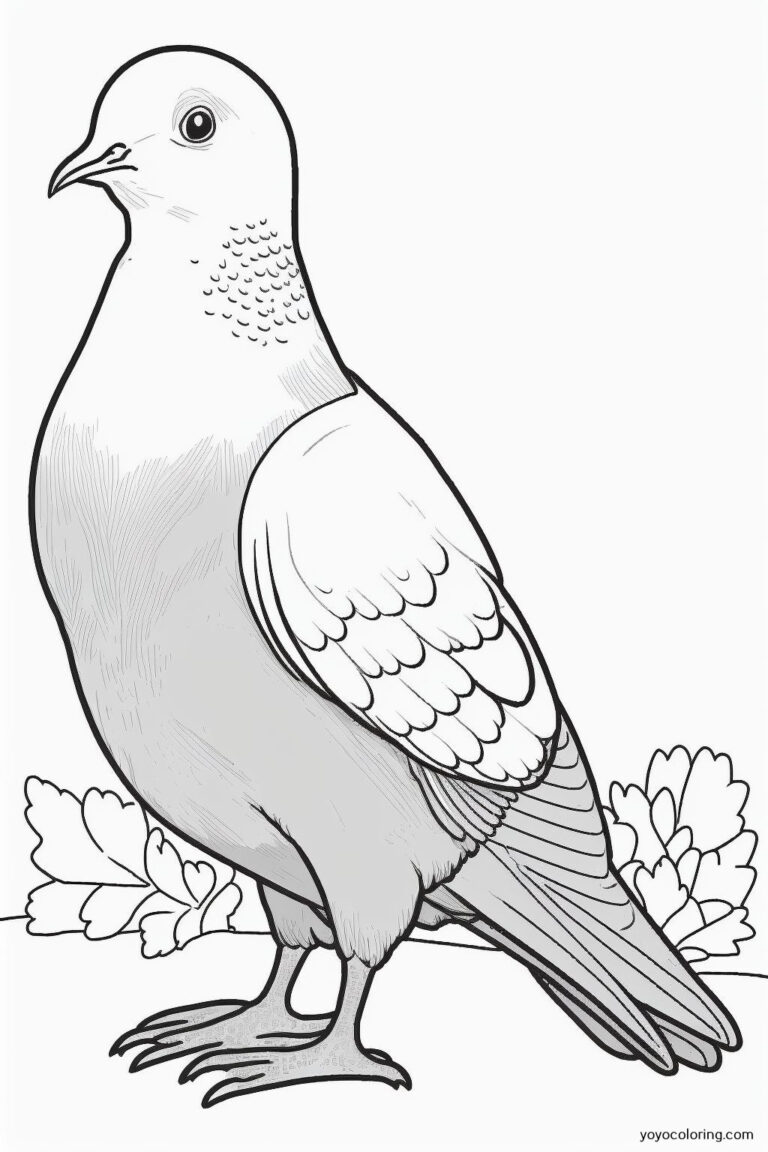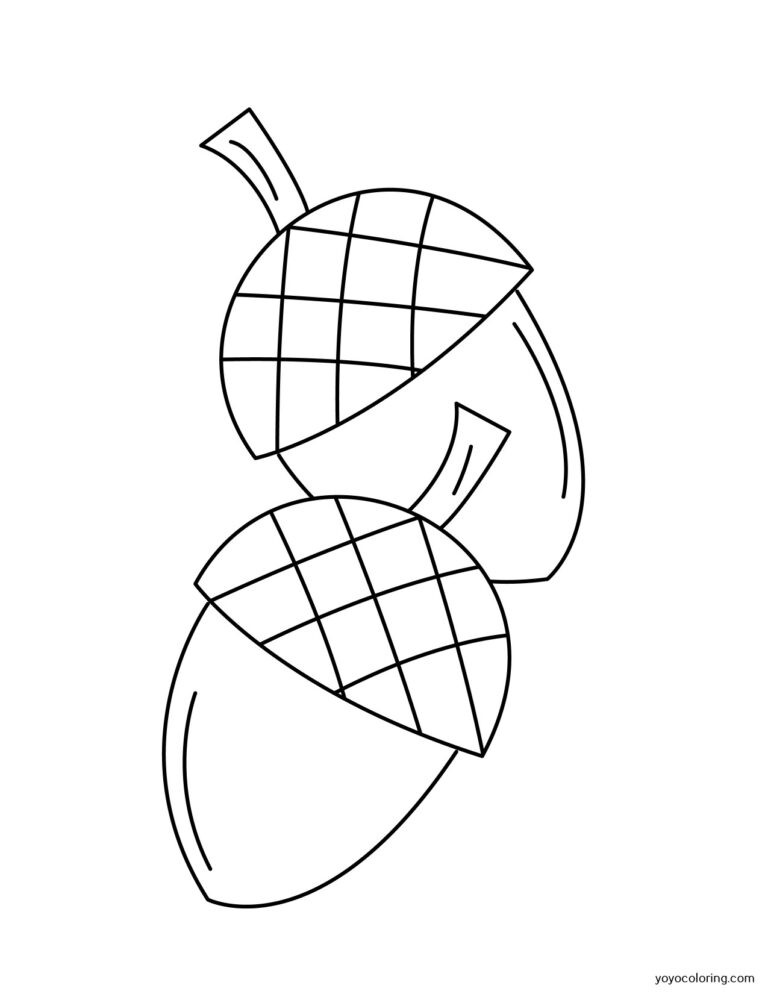I’ve always been fascinated by rockets and the vast cosmos they venture into. For anyone, especially kids, it’s an incredible journey to learn about and explore. That’s why rocket coloring pages are such a fantastic and fun way for children (and adults too) to engage with the wonders of space while tapping into their creative side.
As a parent, I understand how vital it is to keep our kids’ minds stimulated and their imaginations thriving. Rocket coloring pages not only offer a perfect opportunity to teach them about the different types of rockets and their purposes, but they also encourage them to develop essential skills such as hand-eye coordination, color recognition, and focus.
So, let’s get ready to blast off into an adventure full of rocket coloring pages that’ll keep your little ones entertained while learning about the exciting world of space exploration. Remember, the sky’s the limit when it comes to creativity!
Why Rocket Coloring Pages Are a Blast
Recently, I’ve been exploring the world of rocket coloring pages and let me tell you, it’s an absolute blast! Not only are they fun and engaging, but these coloring pages come with a whole bunch of benefits. In this section, I’ll dive into the reasons why rocket coloring pages are the perfect activity for kids and adults alike.
First off, rockets have always been a source of fascination for us humans. So, it’s no surprise that rocket coloring pages capture our attention and creativity. They transport us into a thrilling world of outer space exploration, opening up our minds to the possibilities of the universe. When kids and even adults color in these pages, they’re strengthening their imagination and creativity, making them think beyond the limits of our home planet.
Besides, rocket coloring pages serve as a fun, educational tool. While enjoying the activity, children can learn about different parts of the rocket, such as the:
- Engine
- Fuel tank
- Boosters
- Payload
This knowledge not only fills them with awe and curiosity but encourages their interest in science and technology subjects.
Another great aspect of rocket coloring pages is that they’re perfect for improving fine motor skills. Coloring requires hand-eye coordination and control, which is crucial for tasks like writing and buttoning clothes. In the long run, it contributes to a child’s development in a practical and entertaining way.
The best part is that rocket coloring pages cater to all ages and skill levels, making them an inclusive activity. Beginners can opt for simple, easy-to-color designs, while more experienced colorists can choose intricate, detailed pages for a challenge.
Here are a few types of rocket coloring pages to look out for:
- Cartoon-style rockets
- Realistic space shuttle designs
- Scenes featuring rockets and the solar system
- Collaborative designs that encourage teamwork
In summary, rocket coloring pages offer an engaging, educational, and entertaining experience. They inspire creativity and feed our fascination with space exploration while honing important life skills. So if you’re considering an activity that’s both fun and beneficial, give rocket coloring pages a go – I guarantee you won’t be disappointed!
Choosing the Perfect Rocket Coloring Pages
When it comes to finding the perfect rocket coloring pages, there are a few factors I like to consider. These help me find enjoyable and engaging coloring sheets to keep my inner artist happy. Let me share my tips on finding the perfect pages to boost your coloring experience.
First, think about the age group you or the person you’re choosing the coloring pages for falls into. Coloring preference varies depending on the age range:
- Preschoolers: Look for simple designs with large spaces for coloring.
- Elementary school kids: Choose medium-complexity designs that can keep their interest.
- Teens and adults: Opt for intricate and detailed designs for a more challenging coloring experience.
Next, consider the theme of the rocket coloring pages. Are you looking for realistic spacecraft or more fictional and whimsical designs? Some categories of rocket themes include:
- Space exploration and missions
- Cartoon-inspired rockets
- Futuristic and concept rocket designs
Make sure the level of detail in the rocket coloring pages matches your coloring skill level and desired amount of time investment. Generally, pages with more details take a bit longer to complete.
Finally, think about the source of the rocket coloring pages. Some great places to find quality coloring sheets include:
- Websites dedicated to providing free coloring pages
- Coloring books and magazines
- Artistic platforms where independent artists share their designs
Now, let’s put these tips to use with a little exercise! To make things easy, I’ve compiled some data on a few rocket coloring pages to evaluate.
| Title | Age Group | Theme | Level of Detail | Source |
|---|---|---|---|---|
| “Blast Off” | Preschoolers | Cartoon | Simple | Free Coloring Website |
| “Apollo Mission” | Elementary School | Space Mission | Medium | Coloring Book |
| “Galactic Explorer” | Teens and Adults | Futuristic | Detailed | Independent Artist |
While choosing the perfect rocket coloring pages, keep in mind that there’s no one-size-fits-all solution. It’s important to consider the age, theme, skill level, and source of the pages to find the ones that best suit your needs and preferences. Happy coloring!
Boosting Creativity with Rocket-Themed Art
Coloring pages with rocket themes are an incredible way to spark the imagination and creativity in both children and adults alike. When I first discovered rocket-themed coloring pages, I was immediately drawn to the endless possibilities for artistic expression. In this section, I’ll share a few ideas on how these pages can inspire your artistic side and help expand the horizons of your creativity.
One fantastic aspect of rocket-themed art is the opportunity to explore colors and patterns in an out-of-this-world setting. With the vastness of space as a backdrop, you can feel free to experiment with bold colors and striking patterns that might not typically be seen on Earth. Here are some ideas to give a try:
- Using vibrant shades of neon to create stunning rocket trails
- Incorporating constellations or celestial patterns into your rocket’s design
- Trying out metallic or glow-in-the-dark markers to give your rocket a futuristic look
These approaches not only make for some eye-catching artwork, but can also help you break away from your artistic comfort zone and explore new possibilities.
In addition to playing with colors and patterns, you can also get creative with the shape and style of your rocket! There is no one-size-fits-all when it comes to rockets, so feel free to go wild and come up with a variety of designs. Some ideas include:
- Sleek, modern rockets inspired by current space programs
- Retro, 1960’s-style rockets that harken back to the golden age of space exploration
- Whimsical, imaginative rocket designs based on your own flights of fancy
Finally, rocket coloring pages can be an excellent way to learn about space exploration history and the inspiring stories behind it. While coloring, you can delve into the fascinating tales of the world’s space programs and the tireless efforts of astronauts, engineers, and scientists who have made space travel possible. You might even consider using your rocket artwork as a way to do a visual storytelling or create a timeline of key milestones in space exploration.
In short, rocket-themed coloring pages offer boundless opportunities for boosting creativity while simultaneously expanding our knowledge of the universe that surrounds us. So go ahead, grab your pens and markers, and embark on a thrilling artistic journey through the cosmos!
Print-at-Home Vs. Online Coloring Platforms
When it comes to rocket coloring pages, I’ve noticed that both print-at-home and online coloring platforms have their unique advantages and drawbacks. Let’s explore the differences between the two and compare what they have to offer.
Print-at-home coloring pages have the classic appeal, giving kids the opportunity to physically interact with their artwork. A few pros and cons of print-at-home coloring pages include:
- Pros:
- Tangible artwork: Coloring on paper provides a hands-on experience and a physical finished product.
- No screen time: Parents might appreciate a break from screens for their children.
- Flexibility: Kids can color anywhere, without needing access to a digital device or internet connection.
- Cons:
- Printer required: You’ll need access to a printer, which can be an inconvenience for some.
- Ink and paper: Printing these pages uses up ink and paper, which can be expensive.
- Limited selection: Once you print a page, it’s set, and any corrections or changes require a reprint.
On the other hand, online coloring platforms offer a modern and interactive option for kids. Some pros and cons of online coloring platforms are:
- Pros:
- Easy access: You can quickly find and start coloring rocket coloring pages online.
- Unlimited choices: Switching between different pages or making changes is as simple as a few clicks.
- Environmentally friendly: No need to use ink or paper, so it’s a greener option.
- Cons:
- Requires a device: Kids will need access to a computer, tablet, or smartphone.
- Screen time: This digital option does involve more screen exposure for children.
- Learning curve: There might be a learning curve for kids who are new to using digital tools.
To help you decide which option is best for your child, consider the following factors:
- Artwork Preference: Does your child enjoy the tangible experience of coloring on paper or the interactivity of coloring online?
- Budget Constraints: Are the costs of printing and paper a concern, or is it affordable for you?
- Screen Time Considerations: Do you want to limit your child’s screen time, or are you comfortable with them using digital devices for creative activities?
Ultimately, choosing between print-at-home and online coloring platforms for your rocket coloring pages depends on your preferences and the factors that matter most to you. Maybe a mix of both options would work well, giving your child a taste of the traditional and digital realms. Either way, I hope this comparison has made the choice a little easier for you!
Bonus: Fun Rocket Facts for Kids
I’ve gathered some fun rocket facts to accompany your rocket coloring pages! These little tidbits will fascinate your kids and might even inspire them to learn more about rockets and space exploration. So, let’s dive right in!
- Rockets work on the principle of action and reaction. This might sound a bit complicated, but it’s actually pretty simple. It’s all about Newton’s Third Law of Motion – for every action, there’s an equal and opposite reaction. So when a rocket expels gas at high speed, the force of that gas pushing downwards creates an equal force pushing the rocket upwards.
- Rockets have been around for quite some time. In fact, the first rockets originated in China around the 13th century. They were used primarily for military purposes, like signaling and launching fireworks.
- American scientist and inventor Robert H. Goddard is considered the “Father of Modern Rocketry”. In 1926, he successfully launched the first liquid-fueled rocket. The rocket, which was 10 feet tall, reached an altitude of 41 feet and flew a total distance of 184 feet.
- The largest and most powerful rocket ever built was the Saturn V, used by NASA during the Apollo program. It was capable of lifting a whopping 310,000 pounds (140,000 kg) into low Earth orbit!
- Curious about the fastest rocket ever? The honor goes to NASA’s Parker Solar Probe, which reached speeds of 430,000 miles per hour (700,000 kilometers per hour) while studying the sun.
Here’s a little table of some of the facts just mentioned:
| Fact | Description |
|---|---|
| Newton’s Third Law | Rockets work on the principle of action and reaction |
| First rockets | Originated in China around the 13th century |
| Robert H. Goddard | Launched the first liquid-fueled rocket in 1926 |
| Saturn V | Largest and most powerful rocket ever built |
| Parker Solar Probe | Fastest rocket ever, reaching 430,000 mph |
Before I wrap up, let me share a few more quick facts:
- SpaceX’s Falcon Heavy is currently the world’s most powerful operational rocket.
- The Space Launch System (SLS) being developed by NASA is expected to be even more powerful than the Falcon Heavy when it’s completed.
- The international space station (ISS) orbits Earth at a speed of 17,500 miles per hour (28,000 km/h)!
- Rockets need a special kind of fuel, called rocket propellant, to provide the massive amounts of energy required for liftoff.
I hope these fun rocket facts have sparked your kids’ curiosity about the amazing world of space travel. So go ahead, get creative with those rocket coloring pages, and let their imaginations soar!
Conclusion: Ignite Your Child’s Imagination
So, here we are at the end of our little journey through the world of rocket coloring pages! My hope is that your child’s imagination has been sparked and that they’re excited about the endless possibilities in the universe.
To sum it all up, if you haven’t started incorporating rocket coloring pages into your child’s activities, it’s never too late to begin. Your little one will not only have loads of fun coloring, but they’ll also:
- Enhance their fine motor skills
- Stimulate their creativity
- Learn about rockets and space
Moreover, you never know – perhaps they’ll be inspired to become an astronaut, scientist, or engineer someday!
Now, before you take off, remember that variety is the spice of life, so mix it up with different rocket designs and scene settings. And who knows? Maybe you’ll find yourself reaching for a coloring pencil to join in on the fun, reigniting your own childhood passions about the great beyond. With such creative adventures awaiting you and your child, it’s time to blast off into a world full of coloring and space exploration. Happy coloring, everyone!

